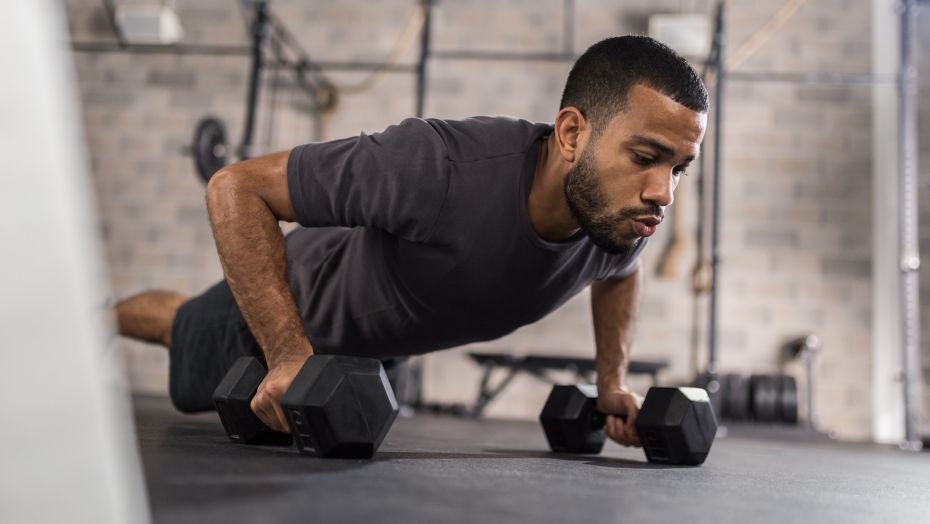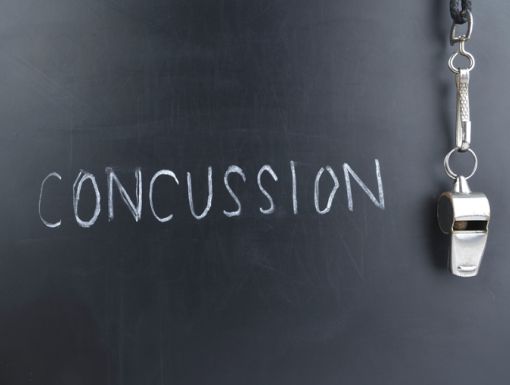
How to Keep Athletes in the Game
Injuries happen, but with the right team, you can recover like a pro.
For athletes of all levels — from professionals to weekend warriors — injuries can be an unfortunate reality.
If you’re battling a setback, you don’t need to do it alone. Ochsner’s sports medicine specialists and pro coaches use comprehensive care, science-based training and proven recovery methods to get you back to doing what you love, better than ever. Here’s how it works.
Pre-Game: Preventing Injuries Before They Happen
Avoiding injuries starts with a solid foundation of training and preparation. The trainers at Ochsner Performance Training work with athletes as young as 7 years old to build strength, increase motor development and hone injury-prevention techniques.
For kids and adults alike, personalized physical training is an important part of mitigating injuries, says Marc Oceguera, sports rehab coordinator at Ochsner Health. "Sports medicine specialists are for everyone who likes to move, not just professional athletes,” he says.
During the Game: Providing Quick Care When Injuries Strike
Training is important, but proper attention before and during games can make just as big of an impact. The staff at Ochsner Sports Medicine Institute’s Athletic Training Outreach Program works closely with sports teams across the New Orleans area, providing on-site injury prevention and treatment services. Trainers become an integrated part of the team staff.
Before competition, they create emergency action plans to keep athletes safe and prevent serious injury. If an injury occurs, athletes have access to same- and next-day appointments at the Ochsner Sports Medicine Institute with the best in the business: board-certified, fellowship-trained physicians.
Post-Injury: Creating a Plan for a Safe and Speedy Recovery
The hardest part of coming back from an injury is often the transition from physical therapy to sport. That’s where Ochsner Performance Training’s Return to Activity program comes in. It’s ideal for anyone who has completed, or is in the process of completing, physical therapy after sustaining an injury.
“It allows for an athlete or individual to take their physical therapy to the next level, while still being under the supervision of a certified performance coach who is working in conjunction with a physical therapist,” he says.
Athletes build strength, flexibility, balance, agility, coordination and endurance. Trainers also focus on retraining movements that may have led to the injury and helping athletes enhance sport-specific skills.
But they don’t stop there. Mental performance coaches delve into the psychological side of training, helping athletes overcome fear of re-injury, learn to manage competitive stress and perform better under pressure.
Oceguera says the goal isn’t just to get an athlete to optimal performance but to maintain his or her resiliency. “We can safely say that a specialized recovery program will lead to better outcomes, but even more important is the reduction of secondary or subsequent injury,” he says. Recover smarter. Learn more about Ochsner Performance Training’s Return to Activity program.
Recover smarter. Learn more about Ochsner Performance Training’sReturn to Activity program.



